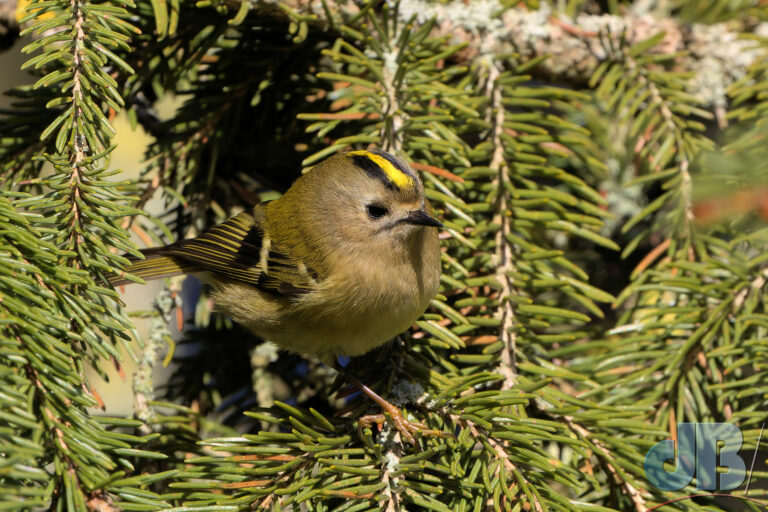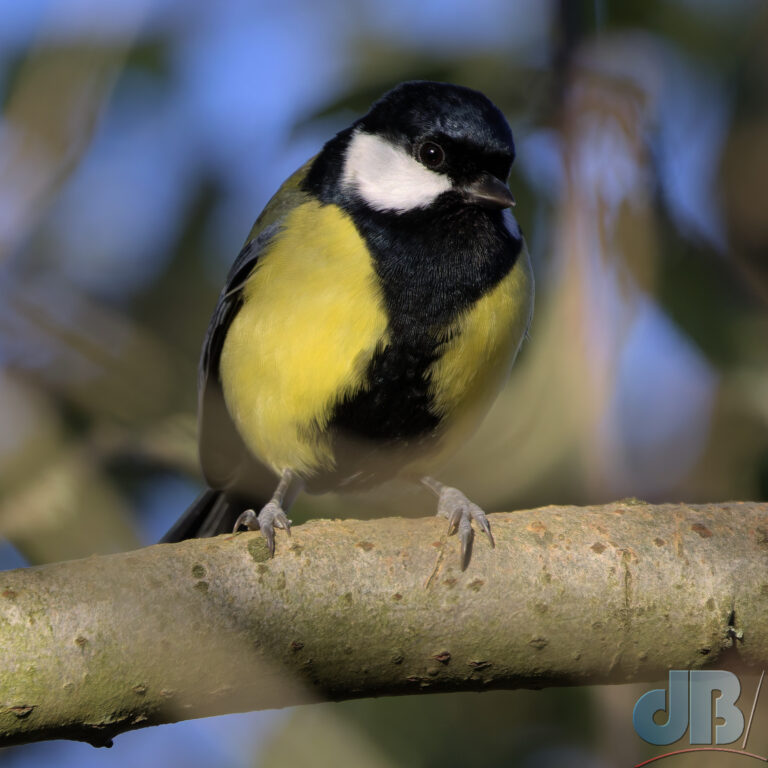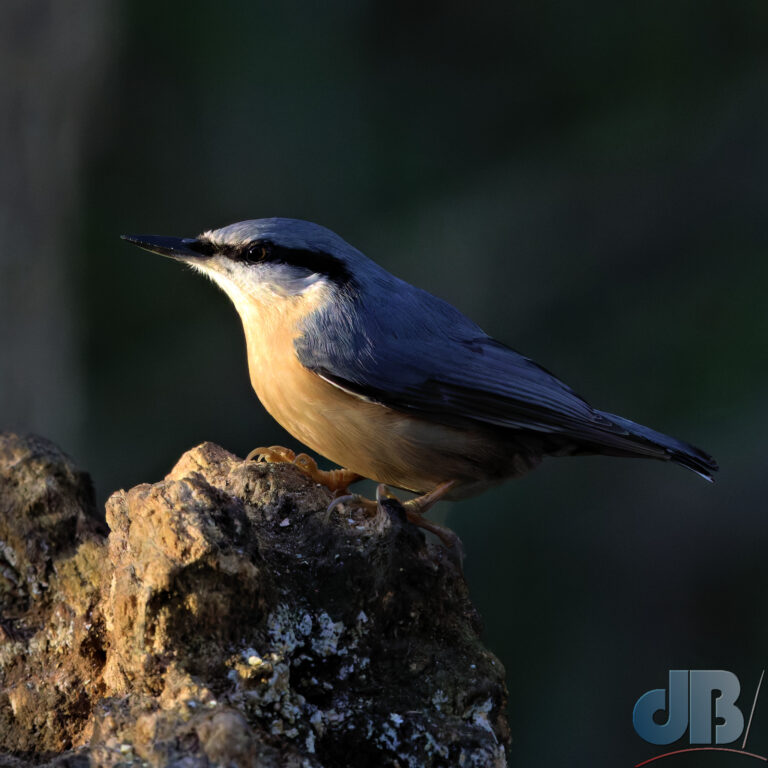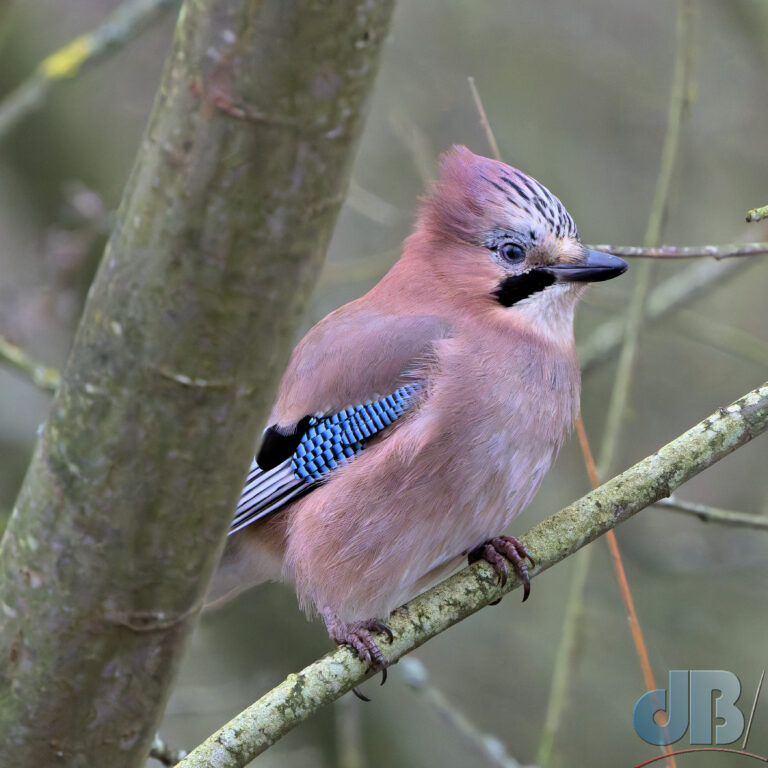I remember getting the press release from Cornell University about software they had developed that could identify birds from their calls and song. At the time, it worked only for the birds of North America. But, a few years ago, they added other parts of the world and launched a phone app – Merlin!
I’ve been using the Merlin bird ID app for several years now and recommend it to friends and anyone out on the nature reserves who hasn’t already got it. Merlin listens to the nature sounds around you and uses AI to identify the tweets, chirps, and whistles of the birds calling and singing. I have a garden ticklist to which I add the IDs the app records in a separate list.
Merlin also includes a bird photo ID component, which works a bit like ObsIdentify, iNaturalist’s Seek, and Google Lens, but just for birds and better. The app works for birds anywhere in the world and is simple to use…but…

Merlin is not perfect, it doesn’t claim to be. It can misidentify birds occasionally. I’ve seen it pick up a lot of species that are so unlikely to be present in our neck of the woods, that they really have to be discarded. For instance, we very rarely have Hooded Crow here, but the app has picked it up nearby. Most likely it was a Carrion Crow. It’s picked up Tawny Owl in the middle of the afternoon, which isn’t impossible, but very unlikely. Andm while we have Oystercatcher and Ringed Plover on some of our fens, their flying over the house at just the time I ran Merlin seems unlikely. I’ve listened back to recordings where it seemed to make spurious ID claims, and usually can’t even hear the sound it thinks were those birds.
I got a little excited when Merlin told me there was a Garden Warbler singing in the back garden. I’d seen Garden Warbler locally, but not in a garden. However, when a Blackcap flew out from our beech tree, I knew Merlin had been mistaken, assuming a nice Blackcap song was a Garden Warbler; they do sound similar.
Sometimes Merlin picks up the sound a Starling might make and assumes Buzzard, even though I can actually see the bird making the sound. Other birds, such as Spotted Flycatcher, have rather subtle songs and a visual tick is the only reliable tick, given Merlin will often flag that species when it’s so obviously not present.
There have been lots of excited reports of Golden Oriole recently. Now, this African bird does turn up in the UK, but very, very rarely. There was one in Kent not a week ago. But, the reports were flooding in, it had to have been a Blackbird with an interesting variation on the usual themes. And, a Chaffinch doing its “rain call” was claimed as a Cassin’s vireo. It wasn’t it was a Chaffinch.

Merlin is great for helping newbies and even experienced birders home in on a species. It will usually pick up all the likely candidates on your patch and if there’s something unusual it will flag it too. It’s best to try to get a sighting of any bird it claims to have heard though, just to be sure. Like I say, I have included a Merlin list in my garden bird ticklist, but I take some of those with a pinch of salt. We definitely have most of the birds I’ve listed in the area, but it’s also possible that those impressionists, the Starlings, have been playing silly beggars again when Merlin thought that Golden Eagle had swooped in behind the garden shed.
Footnote
BirdUp does the same kind of sonogram analysis as Merlin, but seems to pick up more in the tests I’ve run this morning in the garden. Unlike Merlin, it lists in sequence what it hears and doesn’t collate the soundings into a shortlist, which makes the timeline seem fussy.
However, with each sound it picks up you get more immediate details (sound volume, likelihood of that bird being the one it reports, and also details about the sound itself and the frequencies the birds call or sing at). Speaking of which, unlike Merlin, BirdUp defines the bird sound as call or song and in some cases even offers a description. On one of my long test recordings from a previous Merlin session, it was picking up Robins and labelled the first few sounds as the call, but then a subsequent sound was flagged as a Robin’s alarm call. It picked up the “ping” call of Chaffinch, the “wheezy song” of Greenfinch, and “rattle call” of Great Tit, as opposed to the other types of call and song these birds produce.

Additionally, I’ve been able to run some of those over-long sound files from Merlin using BirdUp (Merlin can’t cope with files longer than 15 minutes) and getting a decent list of what was around at the time. Some of those files were from our biology field trip holiday to northern Greece and Lake Kerkini in 2024, so it’s nice to be able to pluck out the Cirl Bunting, Golden Oriole, and Nightingales from those files.
